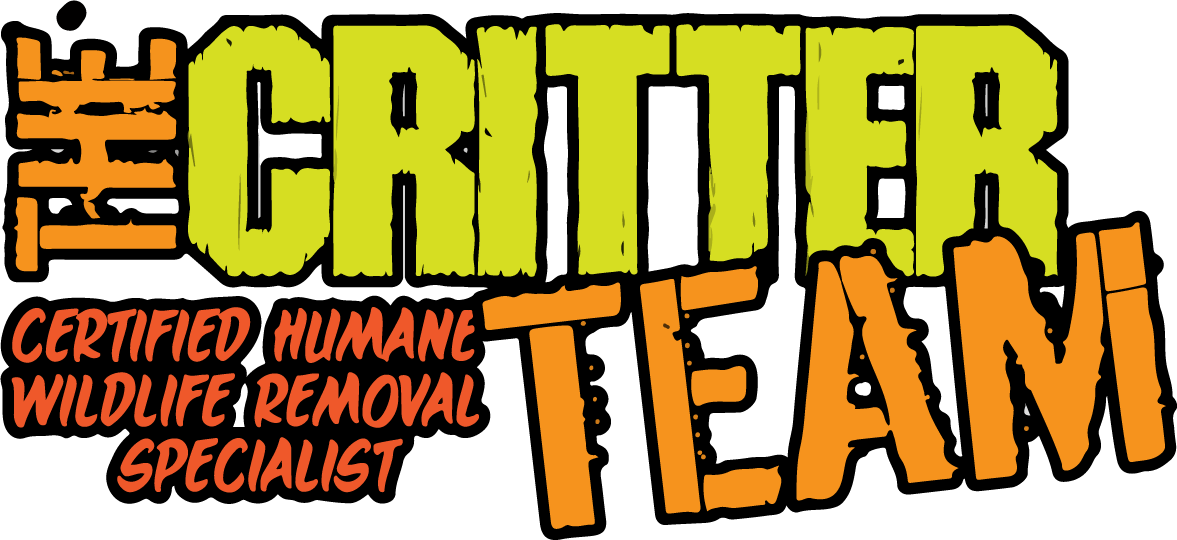Bird nesting accumulation in exhaust vents of Texas homes can have a significant impact on both the homeowners and the birds themselves. Firstly, the accumulation of bird nests in exhaust vents can lead to restricted airflow, causing ventilation problems within the house. This can result in poor indoor air quality, increased humidity levels, and even potential health hazards. Moreover, the blockage of exhaust vents can also lead to the buildup of harmful gases, such as carbon monoxide, posing a serious risk to the residents. On the other hand, bird nesting accumulation can also negatively affect the birds themselves. Exhaust vents are not suitable nesting sites for birds due to the high temperatures and toxic fumes they emit. The heat generated from the vents can harm or even kill the eggs or nestlings, while exposure to toxic gases can lead to respiratory problems or fatalities. Therefore, it is crucial for homeowners in Texas to address this issue promptly to ensure the well-being of both their households and the bird population.
The Impact of Bird Nesting Accumulation in Exhaust Vents of Texas Homes
Bird nesting accumulation in exhaust vents can pose serious issues for Texas homeowners. While it may seem harmless at first, the consequences of allowing bird nests to accumulate in these vents can have far-reaching effects on both the functionality of the vents and the health and safety of the occupants. In this article, we will explore the various impacts of bird nesting accumulation in exhaust vents of Texas homes.
1. Restricted Airflow
One of the primary concerns associated with bird nesting accumulation in exhaust vents is the restriction of airflow. Over time, bird nests can become compacted and obstruct the proper flow of air through the vent system. This restriction can lead to reduced ventilation efficiency, resulting in poor air quality within the home. In addition, restricted airflow can also cause the exhaust system to work harder, potentially leading to increased energy consumption and higher utility bills.
2. Increased Fire Hazard
Another significant impact of bird nesting accumulation in exhaust vents is the increased risk of fires. Birds often use flammable materials, such as twigs and dry leaves, to build their nests. When these nests accumulate in exhaust vents, they can become a potential fire hazard. The heat generated by exhaust systems, combined with flammable nesting materials, creates a dangerous environment that can easily ignite and spread throughout the home.
3. Pest Infestations
Bird nests in exhaust vents can attract a variety of pests, including insects, rodents, and other unwanted wildlife. These pests are often drawn to the warmth and shelter provided by the nests. Once inside the vent system, these pests can cause further damage by chewing through ductwork or nesting themselves within the vents. This can lead to additional issues, such as foul odors, air contamination, and an increased risk of disease transmission.
4. Structural Damage
Over time, bird nesting accumulation in exhaust vents can cause structural damage to the home. As nests become larger and heavier, they can put excessive strain on the vent system and surrounding structures. This added weight can lead to sagging or even collapse of the vents, compromising the integrity of the entire exhaust system. Additionally, the acidic nature of bird droppings can corrode metal components, further exacerbating the potential for structural damage.
5. Noise and Disturbance
Birds nesting in exhaust vents can create significant noise and disturbance for homeowners. The constant chirping and flapping of wings can be disruptive, especially during nesting and breeding seasons. The noise can interfere with sleep patterns, concentration, and overall quality of life. Furthermore, the presence of birds near exhaust vents may attract more birds, leading to an increased likelihood of further nesting accumulation and disturbance.
In conclusion, the impact of bird nesting accumulation in exhaust vents of Texas homes should not be underestimated. From restricted airflow and increased fire hazards to pest infestations, structural damage, and noise disturbances, the consequences can be severe. It is crucial for homeowners to address this issue promptly by seeking professional wildlife control services. By doing so, they can ensure the proper functioning of their exhaust vents, maintain a safe living environment, and prevent further damage to their homes.
The Critter Team – Wildlife Control and Animal Removal Services
Are you dealing with unwanted wildlife on your property? Look no further than The Critter Team for professional wildlife control and animal removal services. With years of experience in the field, we are dedicated to providing effective and humane solutions to your wildlife problems. Our team of skilled technicians is trained in handling a wide range of wildlife species, including raccoons, squirrels, bats, opossums, and more. We understand the potential risks and damages that these animals can cause, which is why we offer prompt and reliable services to ensure your safety and peace of mind.
At The Critter Team, we prioritize the well-being of both humans and animals. Our methods are designed to safely and efficiently remove wildlife from your property without causing harm. We employ a combination of trapping, exclusion techniques, and habitat modification to effectively control and prevent future infestations. Our team also provides comprehensive cleaning and sanitization services to restore your property to a safe and hygienic condition.
If you are facing a wildlife intrusion issue, don’t hesitate to give us a call at (281) 667-0171. Our knowledgeable team is available to answer any questions you may have and provide immediate assistance. We offer 24/7 emergency services to ensure that you are never left vulnerable to wildlife threats. Trust The Critter Team for reliable wildlife control solutions that prioritize your safety and the well-being of the animals involved.
